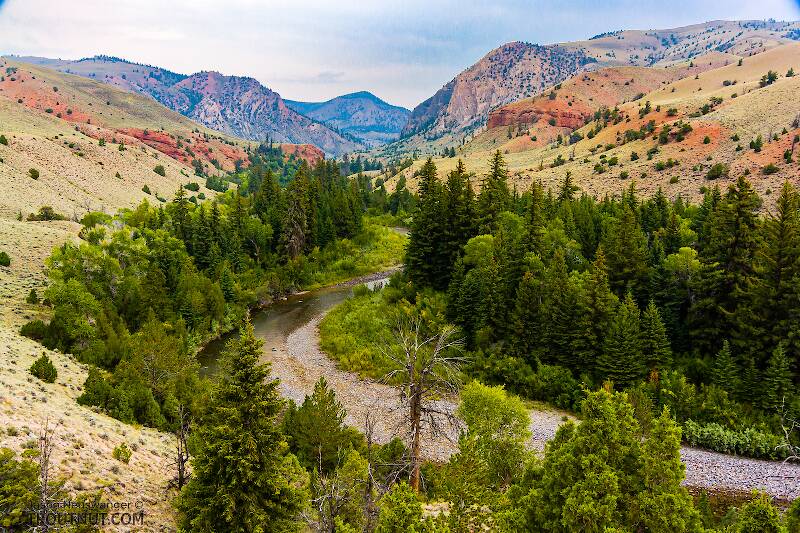
Salmonflies
Pteronarcys californica
The giant Salmonflies of the Western mountains are legendary for their proclivity to elicit consistent dry-fly action and ferocious strikes.


Mayfly Species Baetis adonis (BWOs)
Where & when
In 1 records from GBIF, adults of this species have been collected during July (100%).
Species Range
Physical description
Most physical descriptions on Troutnut are direct or slightly edited quotes from the original scientific sources describing or updating the species, although there may be errors in copying them to this website. Such descriptions aren't always definitive, because species often turn out to be more variable than the original describers observed. In some cases, only a single specimen was described! However, they are useful starting points.
Male Spinner
Wing length: 5 mm
Abdominal tergites 2-6 of male imago light yellowish brown; genitalia of the moffati type (now a synonym of Baetis tricaudatus).
Head and antennae light reddish brown. Turbinate eyes rather large, stalk of moderate height; stalk and upper surface orange in alcoholic specimens. Thorax reddish brown. A spot anterior to the scutellum, an area on each side of it, a line along the antero-lateral margin of the mesonotum, and the anterior portion of the metanotum, yellowish. Pleura rather extensively shaded with yellowish or olive brown. Margins of the scutellum, an area on mesonotum anterior to the yellowish portions, posterior of metanotum, and most of sternum, darker red-brown. Fore leg yellowish brown; often a darker area near apex of tibia. All coxae reddish brown. Middle and hind legs yellowish, tarsi and tarsal joinings reddish brown. Wings hyaline, venation yellowish brown. 6-7 cross veins in stigmatic area of fore wing; somewhat aslant, often with short horizontal veins between; granulations present. Marginal intercalaries quite short, usually none in the first interspace, often but one in the second. Hind wing with three veins, the third quite short, running close to hind margin and ending in the basal third of that margin. Tip of wing broadly rounded. Faint traces of an intercalary in some, between veins 2 and 3, and occasionally one between 1 and 2. Costal projection well developed.
Abdominal tergites 2-6 semi-hyaline, yellowish to olive brown, sometimes shaded with orange; posterior margins very narrowly pale. Sternites semi-hyaline, pale yellowish. Spiracular area unmarked. Segments 7-10 opaque, creamy yellowish, tergites shaded with reddish brown; posterior and lateral margins narrowly darker, especially on tergite 10. (In two of the paratypes, these segments are reddish brown without creamy shading). Tails yellowish white. Forceps yellowish or pale reddish brown. Genitalia of the moffati type; apical joint of forceps short.
Female Spinner
Start a Discussion of Baetis adonis
References
- Needham, James G., Jay R. Traver, and Yin-Chi Hsu. 1935. The Biology of Mayflies. Comstock Publishing Company, Inc.
Mayfly Species Baetis adonis (BWOs)
Species Range
Common Names
Resources
- NatureServe
- Integrated Taxonomic Information System
- Global Biodiversity Information Facility
- Described by Traver (1935)

